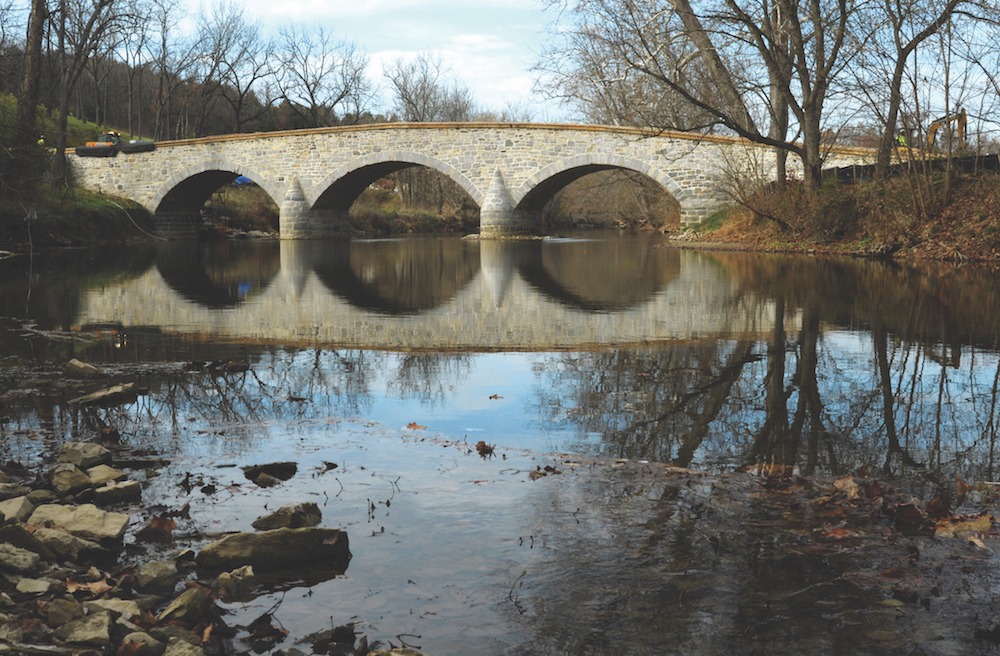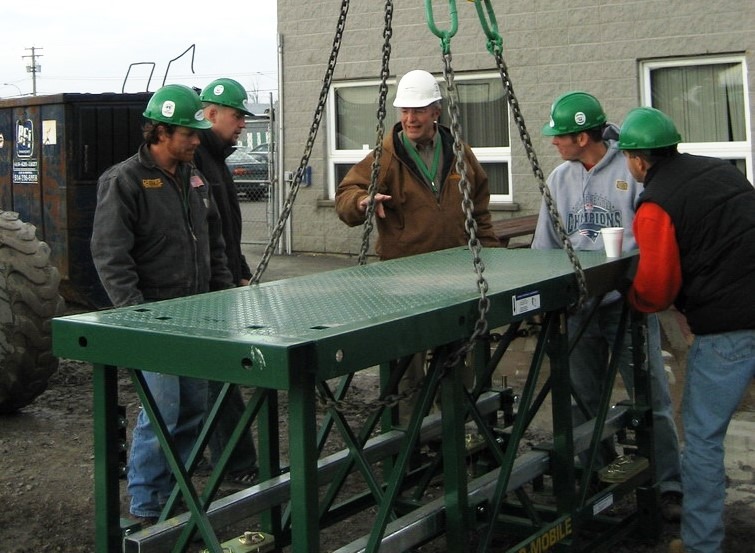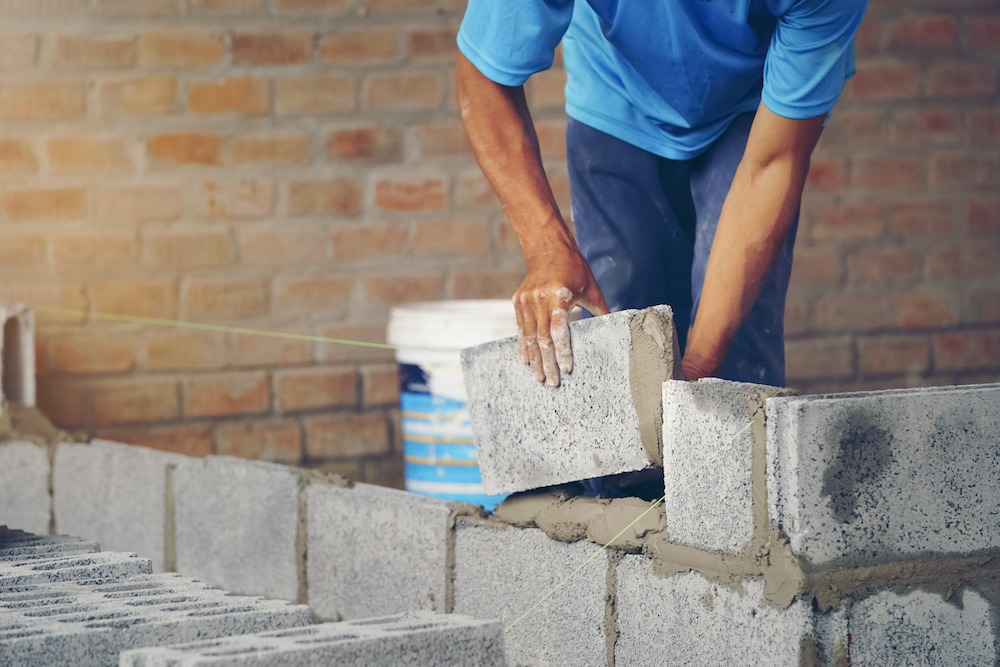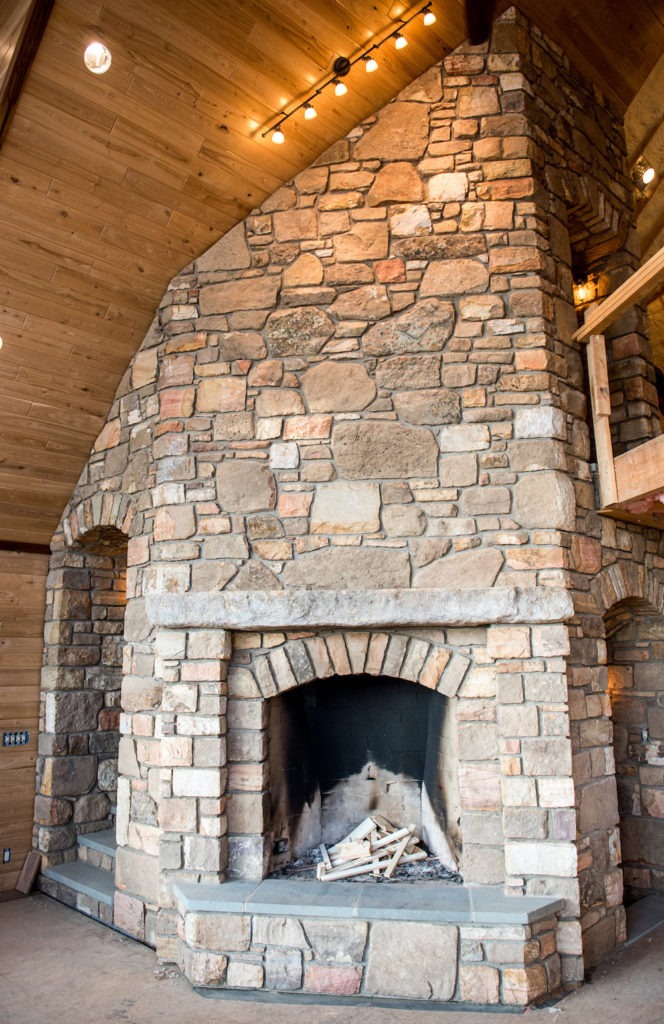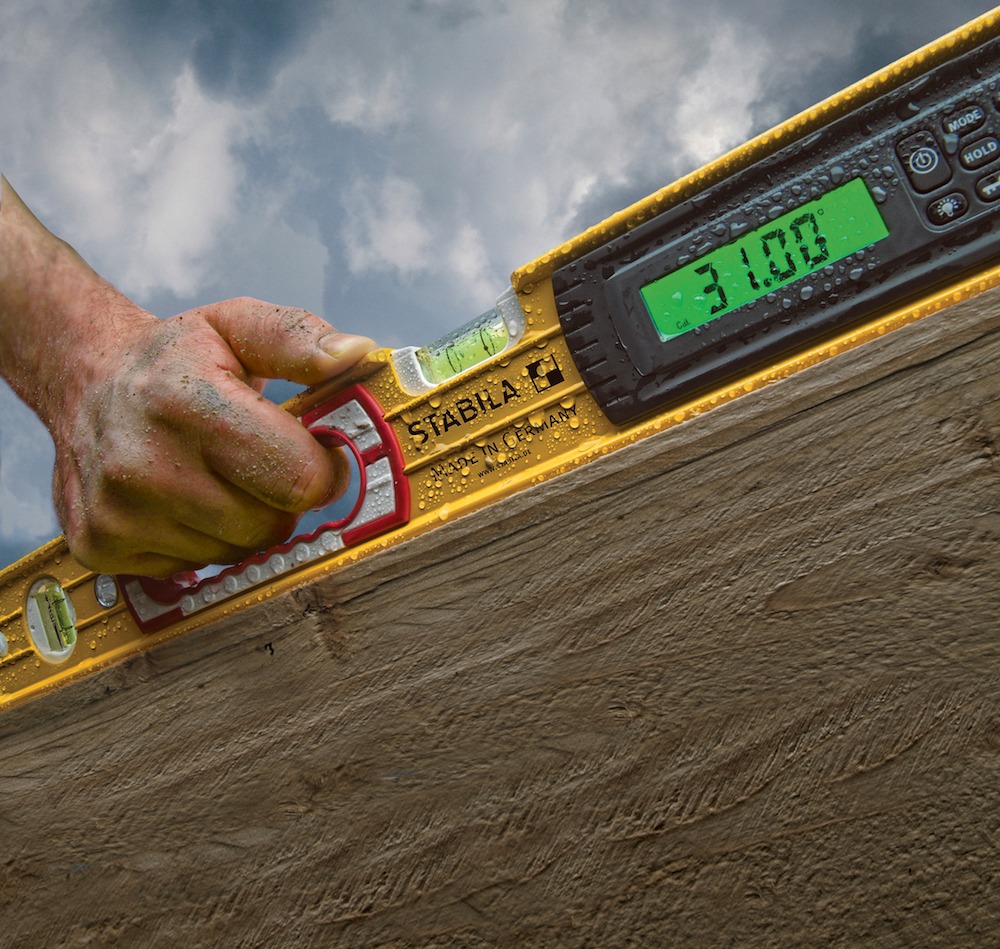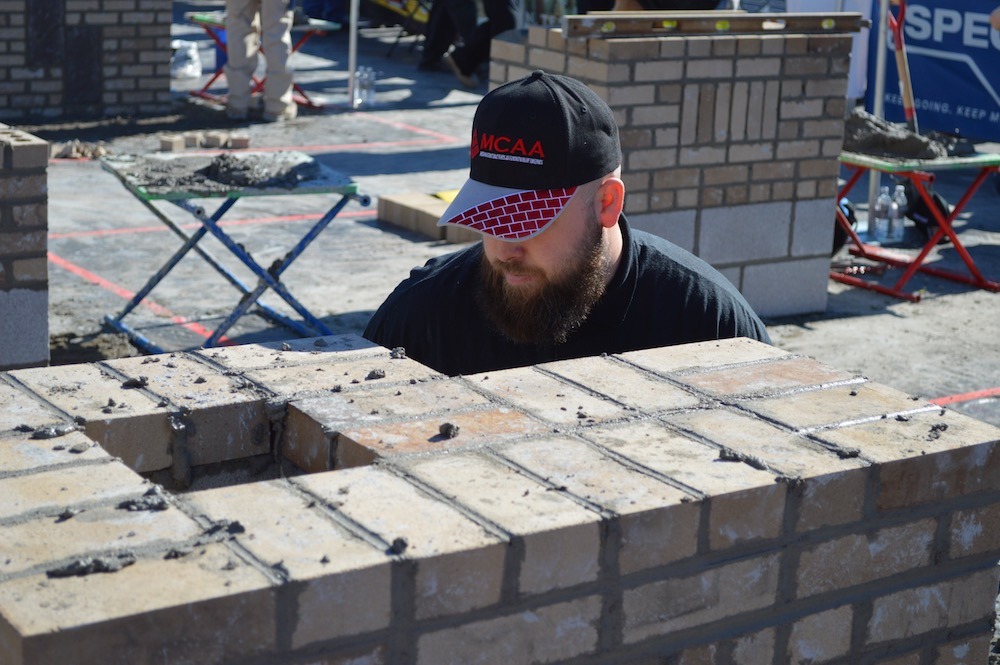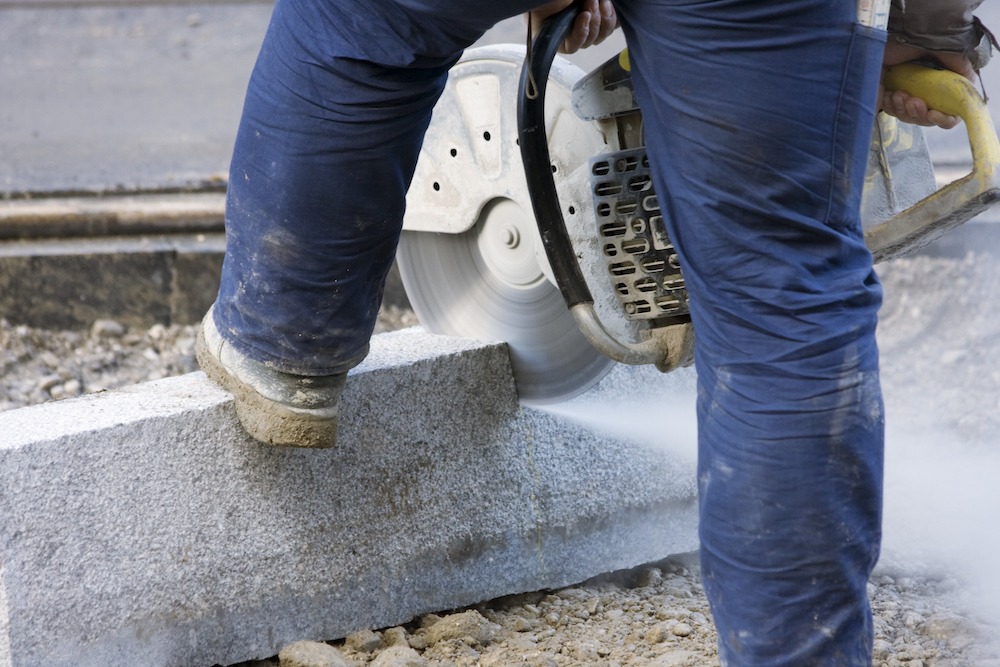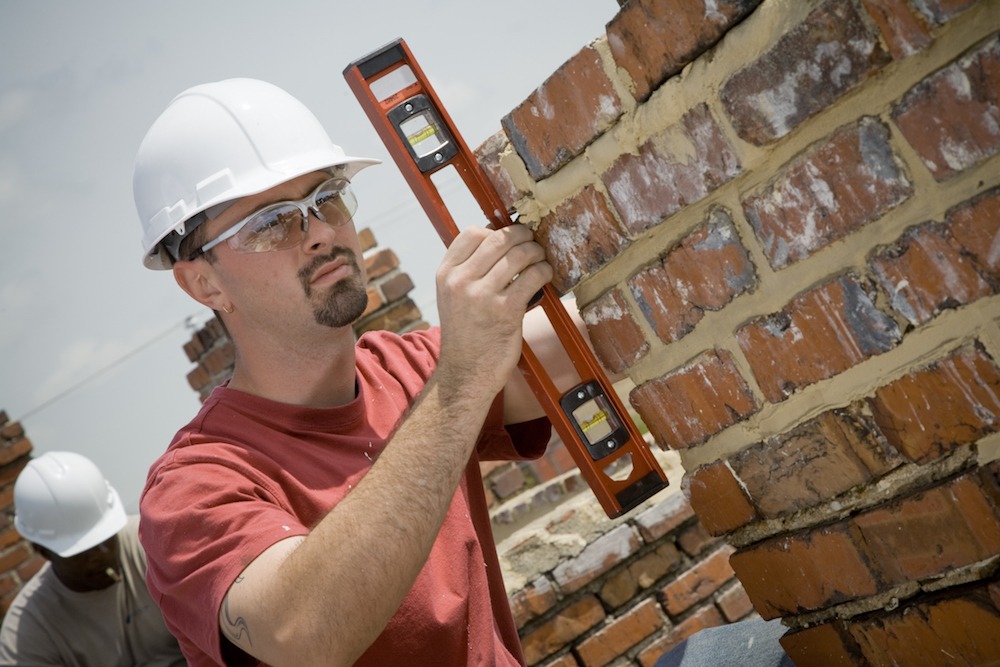Case Study: Burnside Bridge Restoration
Master builder John Weaver and a handful of farmers built Rohrbach’s Bridge over Antietam Creek in 1836. They built the creamy white stone bridge with three magnificent barrel arches and elegant proportions: 14 ft. 9 in wide and 125 ft. long. They made wood-capped parapets atop the structure of limestone sourced locally from there around …
